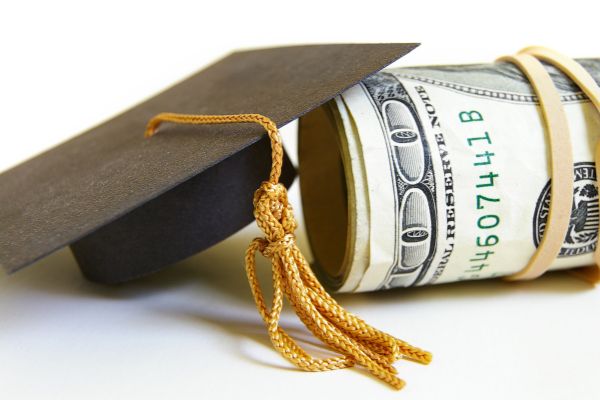![student-loan-01-min.jpg]()
The Updated Federal Process for Student Loan Discharge
Under this guidance, people who file for bankruptcy may request that the Department of Justice review their federal student loans. The review looks at income, reasonable living expenses, repayment history, and life circumstances such as health or employment.
If the evidence shows that repayment would be unrealistic. For example, because of disability, age, or limited earning capacity, the government may support a full or partial discharge. Once the Department of Justice makes its recommendation, the bankruptcy judge has the final decision.
This process has already been applied in cases nationwide, including some within Illinois federal courts. While outcomes differ from case to case, early results suggest that more borrowers are now receiving a fair review under the new standards.
Who Qualifies Under the Current Guidelines
Each case is unique, but several common factors can help establish hardship:
-
The borrower’s health or age prevents stable employment.
-
The borrower made consistent, good-faith efforts to repay or seek assistance.
-
The loan has been in repayment for many years with little or no progress.
-
The borrower never completed the degree connected to the debt.
- Current expenses exceed what’s considered reasonable for basic living costs.
Meeting one or more of these conditions strengthens a borrower’s case, though approval is never guaranteed. Even when full discharge is denied, student loan discharge in bankruptcy can still reduce payments or stop wage garnishment and tax refund seizures.
Private student loans remain separate from the federal program, but some may still be reviewed in bankruptcy if lenders fail to prove they meet federal definitions.
Why Illinois Borrowers Are Seeking Relief?
Illinois ranks among the states with the highest average student debt, about $39,000 per borrower, and more than 1.6 million residents still owe on student loans. For older borrowers, these payments often compete with medical bills and living costs. For younger families, they delay buying homes and saving for retirement.
With the new federal process in place, Illinois borrowers finally have a structured path to request relief. Some courts have shown greater openness to recognizing long-term hardship, and borrowers now have more clarity than ever before.
What DebtStoppers Can Do for You?
DebtStoppers has helped thousands of Illinois residents manage debt and navigate bankruptcy. Our attorneys for student loan debt stay current with the latest Department of Justice and Department of Education policies so you receive guidance based on today’s law, not outdated assumptions.
If your student loans feel impossible to handle, it may be time to find out whether you qualify under the new federal discharge review process. The law is evolving, and for the first time in years, genuine relief is possible.

